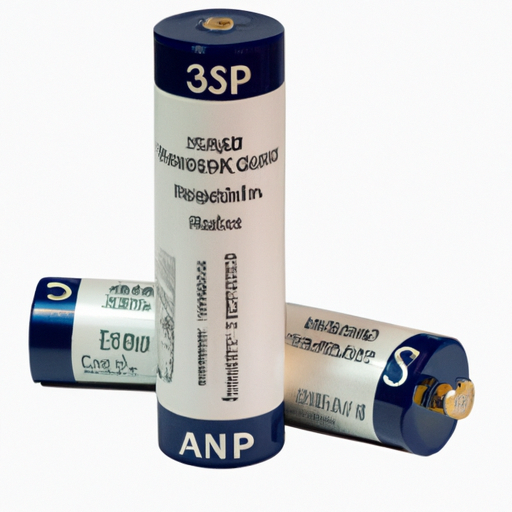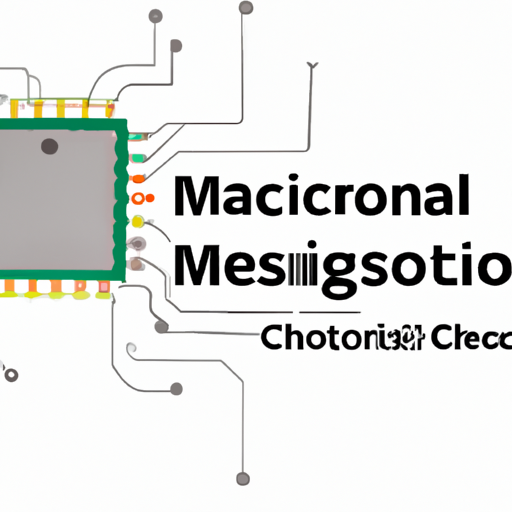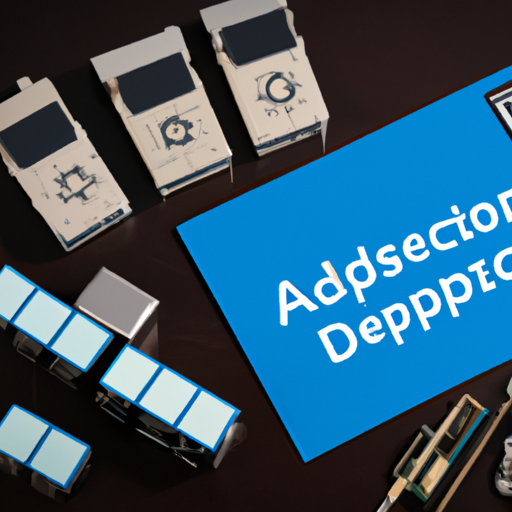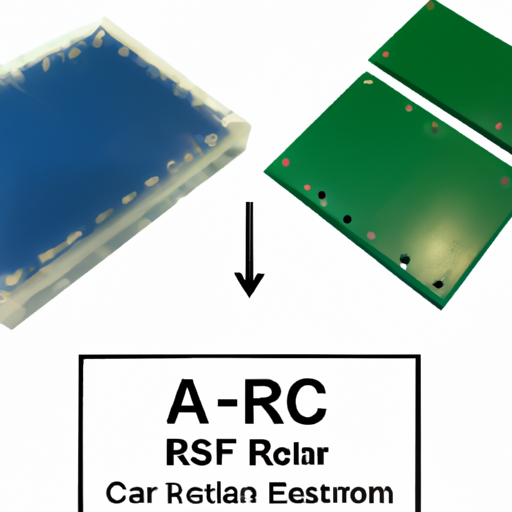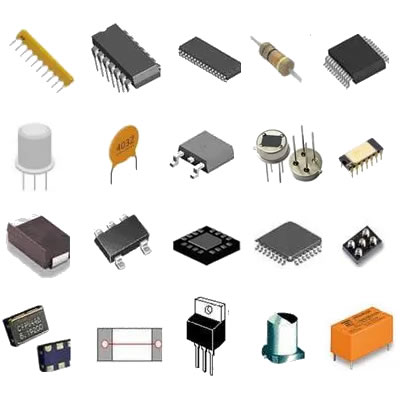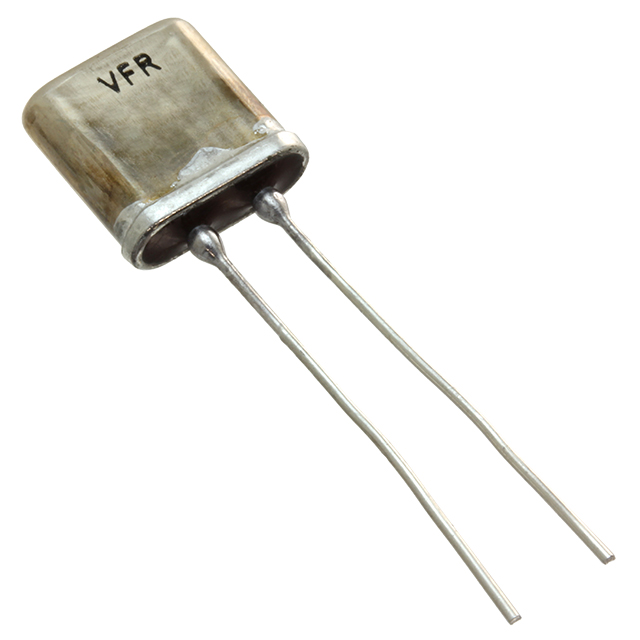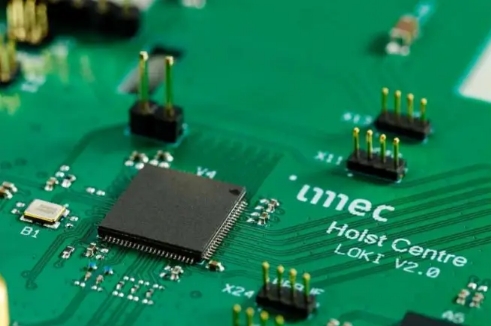What are the product characteristics of standard capacitors?
What are the Product Characteristics of Standard Capacitors?
I. Introduction
Capacitors are fundamental components in electronic circuits, serving as energy storage devices that can release energy when needed. They play a crucial role in various applications, from power supply filtering to signal coupling and decoupling. Understanding the characteristics of standard capacitors is essential for engineers and hobbyists alike, as it helps in selecting the right capacitor for specific applications. This blog post will delve into the product characteristics of standard capacitors, exploring their principles, key features, performance metrics, and applications.
II. Basic Principles of Capacitors
A. How Capacitors Work
Capacitors operate on the principle of charge storage. When a voltage is applied across the terminals of a capacitor, an electric field is created, allowing the capacitor to store electrical energy. The amount of charge a capacitor can store is defined by its capacitance, measured in Farads (F), microfarads (µF), or nanofarads (nF).
B. Types of Capacitors
There are several types of capacitors, each with unique characteristics and applications:
1. **Electrolytic Capacitors**: Known for their high capacitance values, these capacitors are polarized and typically used in power supply applications.
2. **Ceramic Capacitors**: These non-polarized capacitors are widely used for their stability and reliability in high-frequency applications.
3. **Film Capacitors**: Made from thin plastic films, these capacitors are known for their low ESR and high voltage ratings, making them suitable for audio and timing circuits.
4. **Tantalum Capacitors**: These capacitors offer high capacitance in a small package but are also polarized and sensitive to voltage spikes.
5. **Supercapacitors**: Known for their ability to store large amounts of energy, supercapacitors are used in applications requiring rapid charge and discharge cycles.
III. Key Product Characteristics of Standard Capacitors
A. Capacitance Value
The capacitance value is a primary characteristic of capacitors, indicating their ability to store charge. It is measured in Farads, with common values ranging from picofarads (pF) to microfarads (µF). Tolerance levels, which indicate how much the actual capacitance can vary from the stated value, are also crucial. Standard tolerances include ±5%, ±10%, and ±20%.
B. Voltage Rating
The voltage rating of a capacitor defines the maximum voltage it can handle without breaking down. Exceeding this rating can lead to catastrophic failure. Derating factors, which suggest operating the capacitor at a lower voltage than its maximum rating, are often recommended to enhance reliability and lifespan.
C. Equivalent Series Resistance (ESR)
ESR is a measure of the internal resistance of a capacitor, affecting its performance, especially in high-frequency applications. A lower ESR indicates better performance, as it reduces power loss and heat generation. High ESR can lead to inefficiencies and reduced lifespan.
D. Temperature Coefficient
The temperature coefficient describes how a capacitor's capacitance changes with temperature. Different types of capacitors have varying temperature coefficients, such as X7R and C0G, which indicate their stability across temperature ranges. Understanding these coefficients is essential for applications exposed to temperature fluctuations.
E. Leakage Current
Leakage current refers to the small amount of current that flows through a capacitor even when it is not in use. This characteristic is critical, especially in timing circuits and energy storage applications, as excessive leakage can lead to performance issues. Acceptable levels of leakage current vary by application and capacitor type.
F. Size and Form Factor
The physical dimensions and packaging of capacitors can significantly impact circuit design and layout. Smaller capacitors are often preferred in compact designs, while larger capacitors may be necessary for high-capacitance applications. The form factor also affects how capacitors are mounted on circuit boards.
G. Lifespan and Reliability
The lifespan of a capacitor is influenced by several factors, including operating conditions, temperature, and voltage. Reliability ratings and testing standards, such as those set by the Electronic Industries Alliance (EIA), help assess a capacitor's expected performance over time.
IV. Performance Characteristics
A. Frequency Response
Capacitors exhibit different impedance characteristics at various frequencies. Understanding the frequency response is crucial for applications in AC circuits, where capacitors can filter signals or stabilize voltage levels.
B. Self-Resonant Frequency
The self-resonant frequency is the frequency at which a capacitor's reactance becomes zero, causing it to behave like a short circuit. This characteristic is vital for ensuring that capacitors perform effectively in their intended applications without introducing unwanted resonances.
C. Dielectric Absorption
Dielectric absorption refers to the phenomenon where a capacitor retains some charge after being discharged. This characteristic can affect the accuracy of timing circuits and other applications where precise charge and discharge cycles are critical. Measurement techniques for dielectric absorption help assess a capacitor's performance.
V. Applications of Standard Capacitors
Standard capacitors find applications across various fields, including:
A. Power Supply Filtering
Capacitors are essential in smoothing out voltage fluctuations in power supplies, ensuring stable operation of electronic devices.
B. Signal Coupling and Decoupling
In audio and communication circuits, capacitors are used to couple and decouple signals, allowing for clear transmission without interference.
C. Timing Circuits
Capacitors play a crucial role in timing circuits, where they determine the timing intervals for oscillators and timers.
D. Energy Storage
In applications requiring rapid charge and discharge cycles, such as regenerative braking systems in electric vehicles, capacitors serve as energy storage devices.
E. Audio Applications
High-quality capacitors are used in audio circuits to enhance sound quality and performance, particularly in high-fidelity audio systems.
VI. Selection Criteria for Standard Capacitors
When selecting standard capacitors, several criteria should be considered:
A. Application Requirements
Understanding the specific requirements of the application, such as capacitance value, voltage rating, and ESR, is crucial for selecting the right capacitor.
B. Environmental Considerations
Factors such as temperature, humidity, and exposure to chemicals can affect capacitor performance. Selecting capacitors rated for the specific environmental conditions is essential.
C. Cost vs. Performance Trade-offs
Balancing cost and performance is a critical aspect of capacitor selection. While high-performance capacitors may offer better reliability, they can also be more expensive.
D. Manufacturer Reputation and Quality Assurance
Choosing capacitors from reputable manufacturers with established quality assurance processes can help ensure reliability and performance.
VII. Conclusion
Understanding the product characteristics of standard capacitors is vital for anyone involved in electronics, from engineers to hobbyists. By considering factors such as capacitance value, voltage rating, ESR, and application requirements, one can select the right capacitor for specific needs. As technology advances, trends in capacitor technology, such as the development of new materials and improved manufacturing processes, will continue to shape the future of electronic components. Ultimately, making informed decisions about capacitor selection can lead to enhanced performance and reliability in electronic circuits.
VIII. References
1. Academic papers and textbooks on capacitor technology.
2. Industry standards and guidelines from organizations like the Electronic Industries Alliance (EIA).
3. Manufacturer datasheets and technical resources for specific capacitor types and applications.
This comprehensive overview of standard capacitors provides a solid foundation for understanding their characteristics and applications, ensuring that readers are well-equipped to make informed decisions in their electronic projects.

